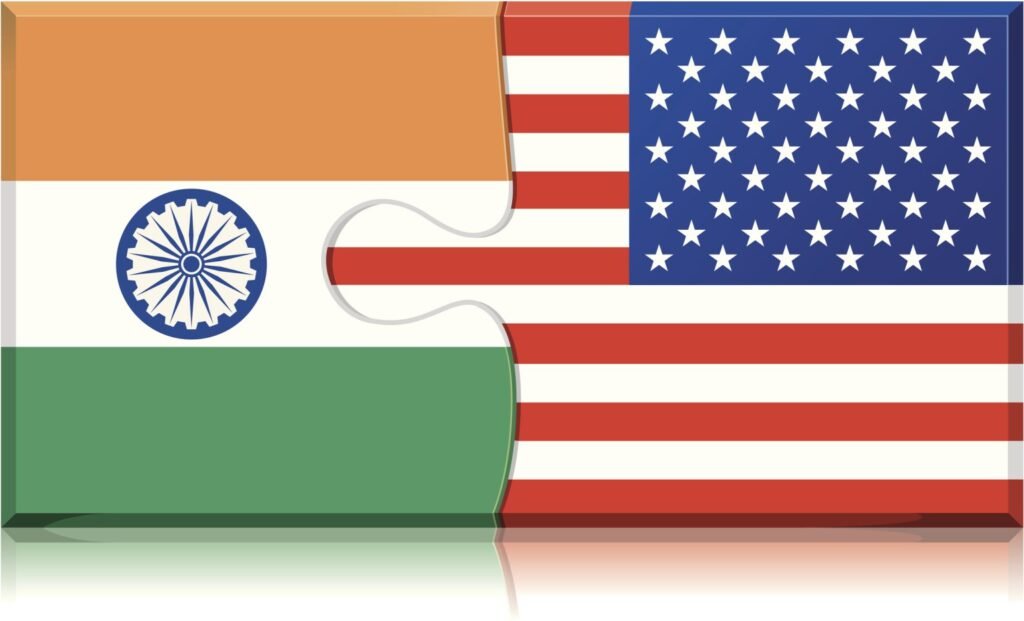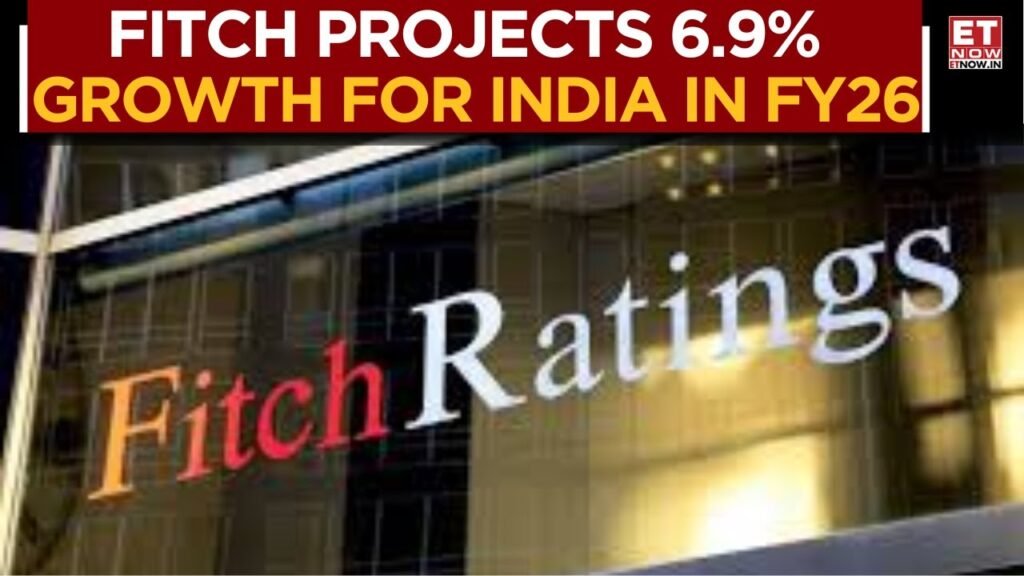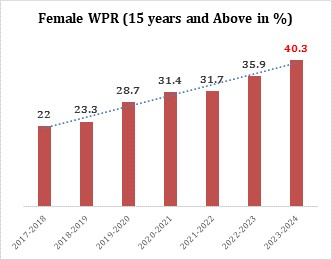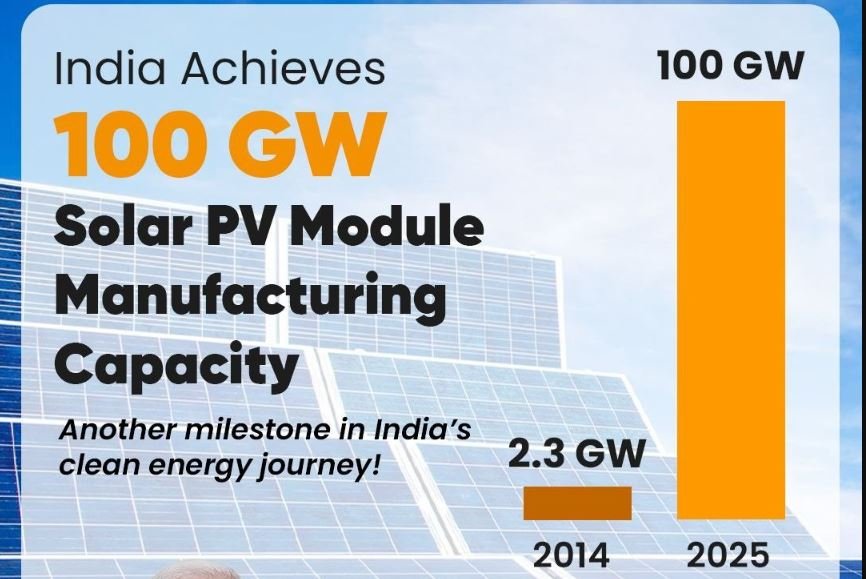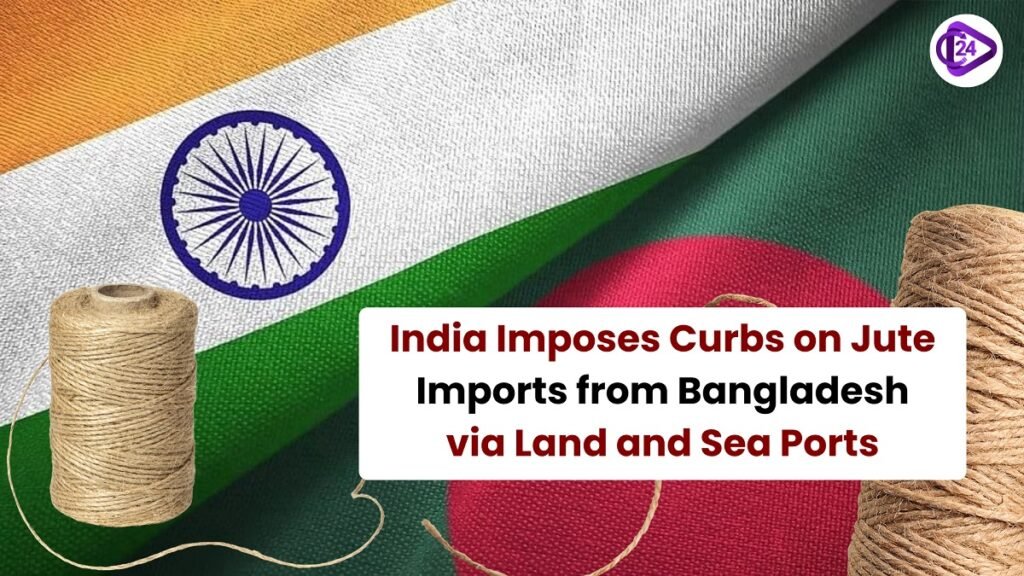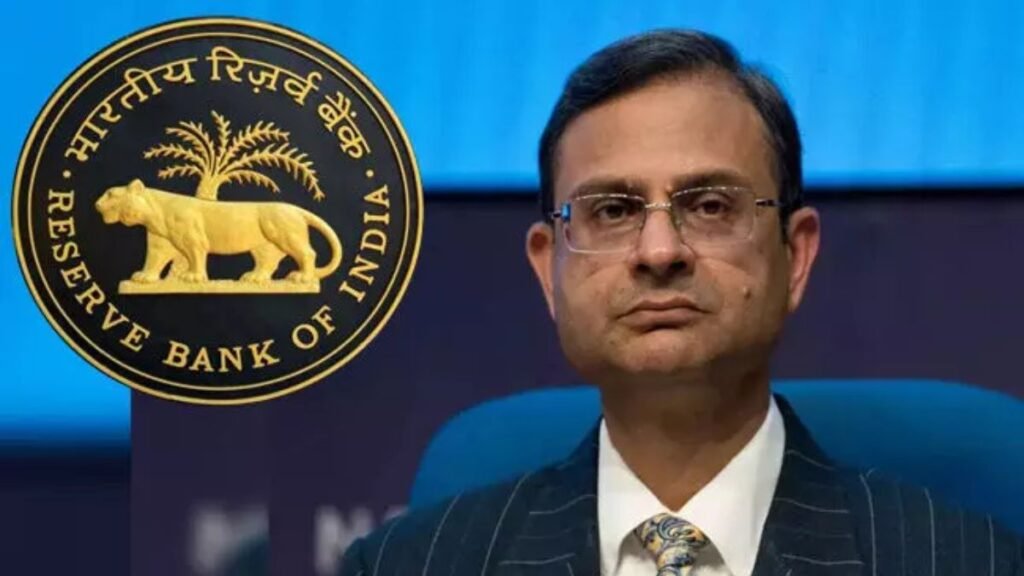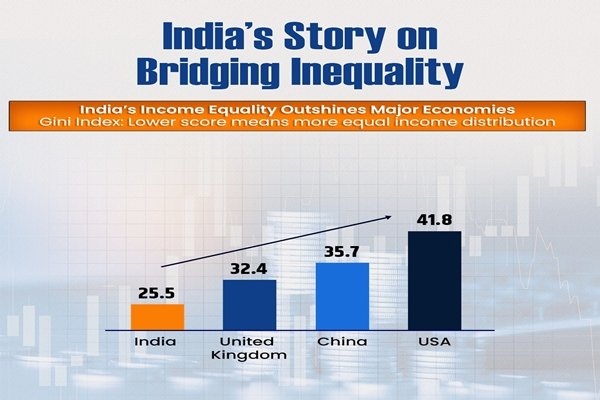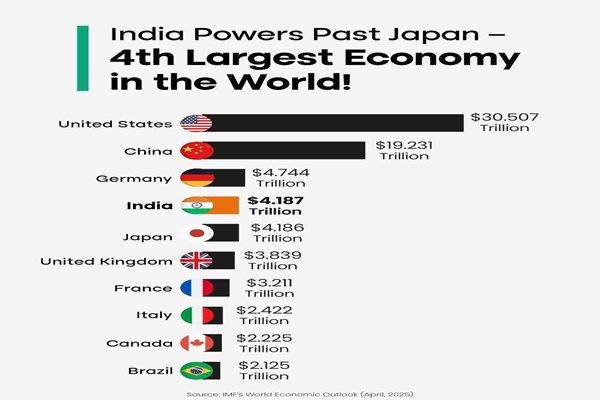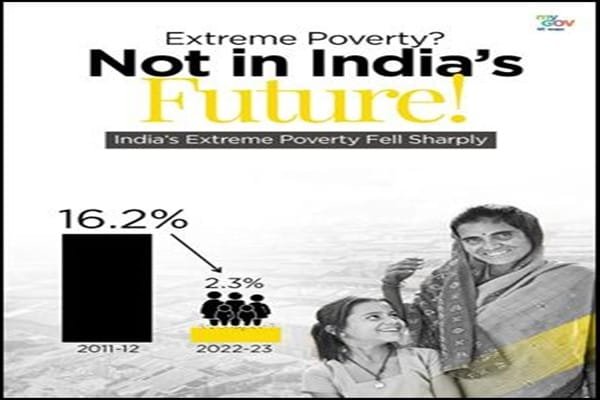6th Global Fintech Fest 2025 Begins in Mumbai with Focus on AI-Powered Finance
The 6th edition of the Global Fintech Fest (GFF) began in Mumbai on 7th October 2025. The event was inaugurated by Union Finance Minister Nirmala Sitharaman. The theme for this year’s festival is “Empowering Finance for a Better World Powered by AI.”
Prime Minister Narendra Modi and UK Prime Minister Keir Starmer are scheduled to deliver the keynote address on 9th October, where they will also interact with industry leaders, policymakers, and innovators.
A major highlight of GFF 2025 is the “Bharat AI Experience Zone” set up by NPCI and NVIDIA, showcasing India’s advancements in AI-driven fintech. The event features a large expo with over 400 exhibitors, along with workshops, hackathons, investment pitches, fintech awards, and various networking sessions.
The three-day event, held at Mumbai’s Jio World Centre, is expected to attract over one lakh visitors and 7,500 participating companies, making it one of the largest global gatherings in the fintech sector.


